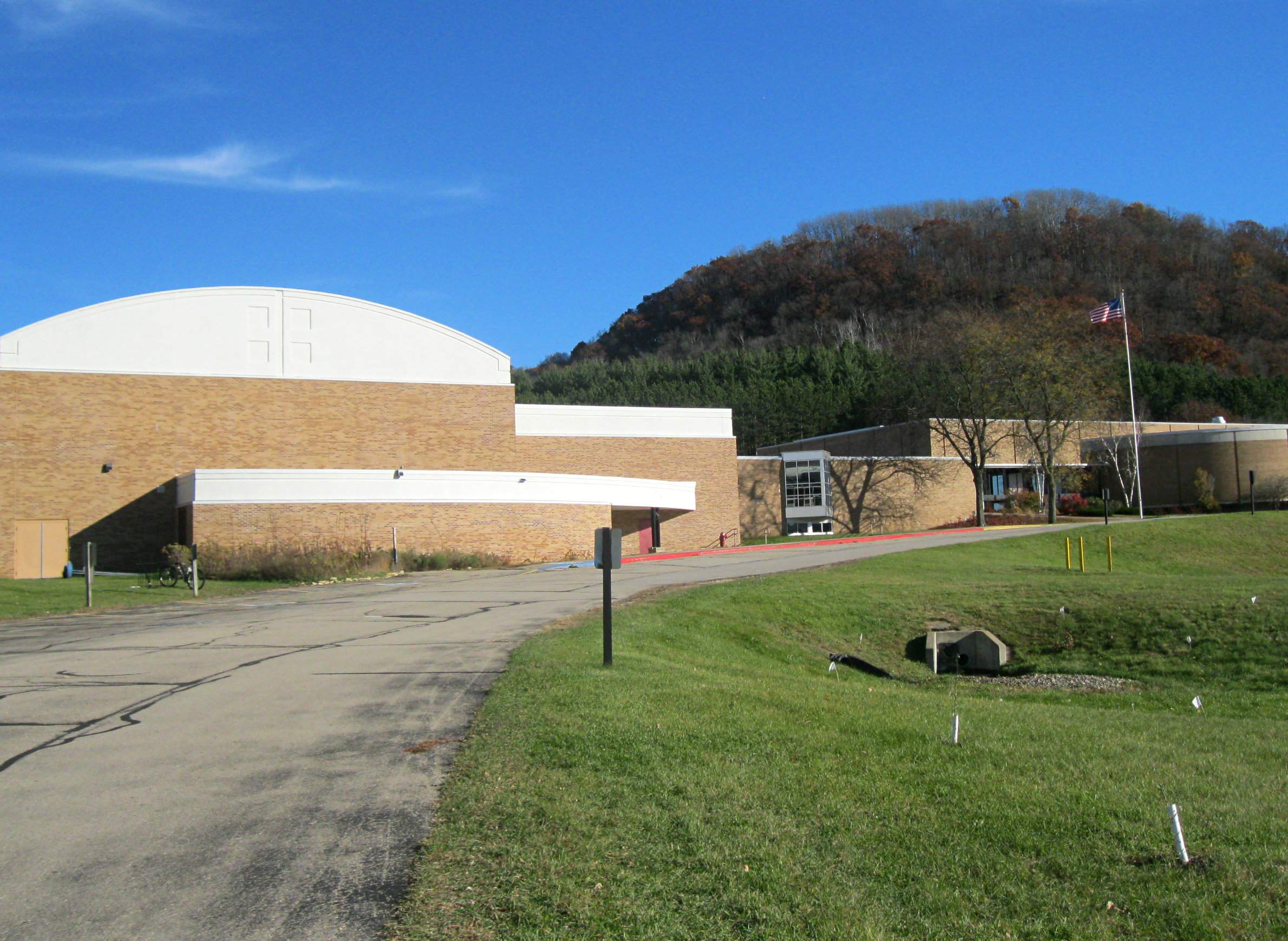
Budget Squeeze Forces Wisconsin's Rural Schools To Get Creative With Priorities

When you have a small school district and a limited budget, it comes down to choices, according to Kickapoo Area School District district administrator Doug Olsen. For his district’s roughly 500 students, that often plays out in fewer electives and support staff.
The experience of Kickapoo students, only three of them per square mile in the district, is different from that of the 26,968 students of the Madison Metropolitan School District.
The Observatory fact-checked a claim made by state Sen. Janet Bewley, D-Ashland, that the state had reduced the level of increased funding that had been proposed for small rural districts such as Kickapoo in the 2017-19 budget. This fact-check found that while these schools will see more money thanks to a separate law signed in March 2018, it is far short of the increase originally proposed at the start of the budget process.
Olsen explained that small, rural districts typically can't offer a "full plate" of electives, have a hard time hiring and retaining teachers and have higher transportation costs per student to bring them longer distances.
"We're pretty invested in providing as many opportunities for our students as we can," Olsen said. "But also being cognizant that we don’t have the same staffing [as larger districts]."
For example, while Kickapoo no longer offers family and consumer education, the agriculture teacher blends jerky, sausage and ice cream-making into his agriculture processing class.
"You kind of have to get creative," Olsen said.
The district also partners with nearby schools and University of Wisconsin-Platteville to offer more classes through distance learning, has staff play multiple roles — such as a school psychologist who doubles as a special education coordinator — and tries to draw more students through open enrollment to supplement their funding.
Hannah Sherry, a UW-Madison sophomore and a Kickapoo graduate, said she loved the close relationships she developed with teachers and classmates, but there were downsides to a small curriculum.
"I was never really worried until I actually got to college and saw what I had missed out on, specifically in Spanish," Sherry said. "I didn't learn very much in comparison to my friends who had gone to larger schools"
Wisconsin gives school districts a certain amount of money per student. Thus, districts like Madison's that enroll more students get more money than smaller rural schools.
Kickapoo still has to maintain its single campus, which houses all grades. It also must offer extracurriculars, an attractive curriculum, and competitive salary and benefits to staff.
"We want the students who go to school here in our small school to have the same opportunities that larger schools that surround us have," Olsen said. "Otherwise we may lose those students to those larger schools [through open enrollment]."
Olsen added it takes extra resources to meet the needs of Kickapoo students, about half of whom are considered economically disadvantaged, as well as manage the growing number of students who exhibit behavior problems.
Attending to such extra needs can take away a district’s ability to invest in other opportunities, which is one reason Sherry said she doesn't plan to teach at a small school like Kickapoo.
To address the needs of small, rural school districts like Kickapoo, Wisconsin began the Sparsity Aid Program in 2008. For the 2017-18 school year, it provides districts with less than 745 students and less than 10 students per square mile an extra $300 per student — an amount that will rise to $400 per student for the next school year.
In the 2017-18 school year, Kickapoo got $138,476 in sparsity aid. Olsen said these funds help the district create a competitive pay and benefits package to keep teachers and help cover needed maintenance at the district's facilities.
"It's a significant impact, and it's welcome," Olsen said.
Despite the economic disadvantage, Olsen said he isn't worried that his students won't be able to compete with students from larger, city schools. When the district offered a UW-Platteville English course, the seniors who enrolled did better than the UW-Platteville sophomores, he said.
But Olsen does worry that Kickapoo's enrollment numbers may drop as the area's farms are sold to Amish families who don't traditionally send their children to public schools. That could mean Kickapoo would get less funding for fewer students and become less able to offer programs, possibly losing students to nearby schools.
"The staff members that have grown up professionally here with me have always had the same idea that we wanted to be able to offer a quality education with good opportunities for students that grow up here in the Valley," said Olsen, who has been the Kickapoo superintendent for eight years and the school's psychologist for 19 years before that. "When my time is done here, I want those people to still want to work here and still provide those opportunities for kids who grow up here."
While both Olsen and Sherry acknowledged their small school's financial issues, they are hopeful Wisconsin will solve its rural school funding problem.
"I think within the next 10 years or so the system will change as well," Sherry said. "Education needs to be valued because that's where the next generation of voters, politicians, teachers and doctors are coming from. I think pretty soon we'll start to realize that."
Editor's note: This report was originally published on March 20, 2018 by The Observatory, a publication of the University of Wisconsin-Madison School of Journalism and Mass Communication.
This report is the copyright © of its original publisher. It is reproduced with permission by WisContext, a service of PBS Wisconsin and Wisconsin Public Radio.


